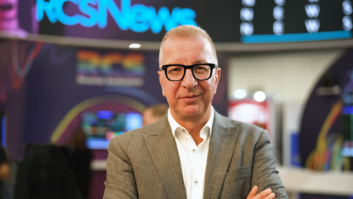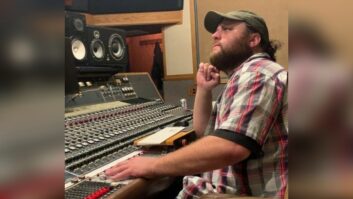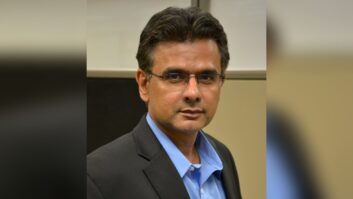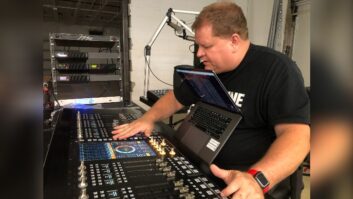
David Bialik consults to stations on their streaming and audio processing. He is an AES Fellow and award-winning leader who has held technical positions with Entercom, CBS, Bloomberg, United Broadcasting, Bonneville International and the National Association of Broadcasters.
This interview originally appeared in the ebook “Trends in Audio Processing for Radio.”
Radio World: What would you say is the most notable trend in processing?
David Bialik: An important development in the use of processors is the awareness that streaming requires different processing than “over-the-air.” While broadcasters want to be the “legally” loudest, streaming does not have to be the loudest, but they can be the clearest; and with commercials originating from various locations, matching loudness levels is extremely important.
The current recommendation from the AES’ recommendation for Streaming Loudness (currently being revised) is –17 LKFS.
[Related: “How to Pick an On-Air Processor”]
Stations (and engineers) are now understanding that one size of processing does not fit all. You should not use the same processing for over-the-air that you do for streams. Use a loudness meter. Orban released a free one that is quite good!
As far as features: Many processors are good and have good features. Bob Orban and Frank Foti have often joked that they make the gun but you do not have to shoot it. Do not process so aggressively that you cannot identify the instruments. You should always be able to hear the cymbals! Ask yourself if the artist wants to hear their audio clipped or not.
RW: How will the cloud and virtualization affect the processing sector?
Bialik: Stations are hoping this will cost less and take up less real estate. Hopefully the benefit of a cloud architecture will create redundancy and eliminate a point of failure.
It also makes your internet connection more important and the need for backup more critical.
RW: With so many people working remotely, what are the implications for managing processing today?
Bialik: Security will be important, of course. Routing will be incredibly important since a station will have to set a “Quality of Service” to guarantee that the audio always has the bandwidth needed.
Stations will want remote facilities to sound the same as studios. Remote users will need good acoustics, and be able to produce high-quality audio — we do not want 1K telephone sound.
RW: Content comes at us from so many locations. What role do loudness and LRA (loudness range) play?
Bialik: This will be more important, especially for streaming where Direct Ad Insertion is being used. You do not want to be listening to content (at –17 LKFS) and then have commercials and interstitials played much louder. I have heard this happen at 6 dB louder at times. You will be knocked off your chair.
RW: Are listeners, especially younger ones, moving toward greater fidelity because of their use of on-demand services and personal downloads?
Bialik: Stations with a good dynamic range will always sound more appealing to the listener.
RW: There are committees at the Audio Engineering Society working on recommendations and guidelines for online audio content. What would you like to see from this work?
Bialik: I am chairing much of this. Loudness issues invite the listener to constantly adjust the level. If they are adjusting one control it is as easy to turn the content off. How will that help the TLH?
RW: AES loudness metrics are moving to a lower target level for content, streams, podcasts and on-demand file transfer, like metrics established for online and over-the-top video. Given current practices, could radio see loss of potential audience due to listener fatigue?
Bialik: I believe the lack of dynamic range will cause listener fatigue. Hopefully the content will have good dynamic range and good loudness levels. The level of audio-only streams is being targeted at –17 LKFS while video is at –24 LKFS. Within the short term future, loudness could be controlled by metadata. Yes we are talking a 7 dB difference. The recording industry is also pushing for –24 LKFS. This allows for more headroom as well.
RW: With new “hybrid” radio platforms coming out, a listener might tune to an FM signal in a market but then drive out of it, with the receiver switching to the station’s online stream. What matching challenges does this present?
Bialik: Stations that have to cover ads and sports blackouts will sound worse.
RW: What else should we know?
Bialik: If everyone say streaming is the future, why not invest in the future now and do the best audio you can?
Read other recent articles about processing for radio broadcast applications.












